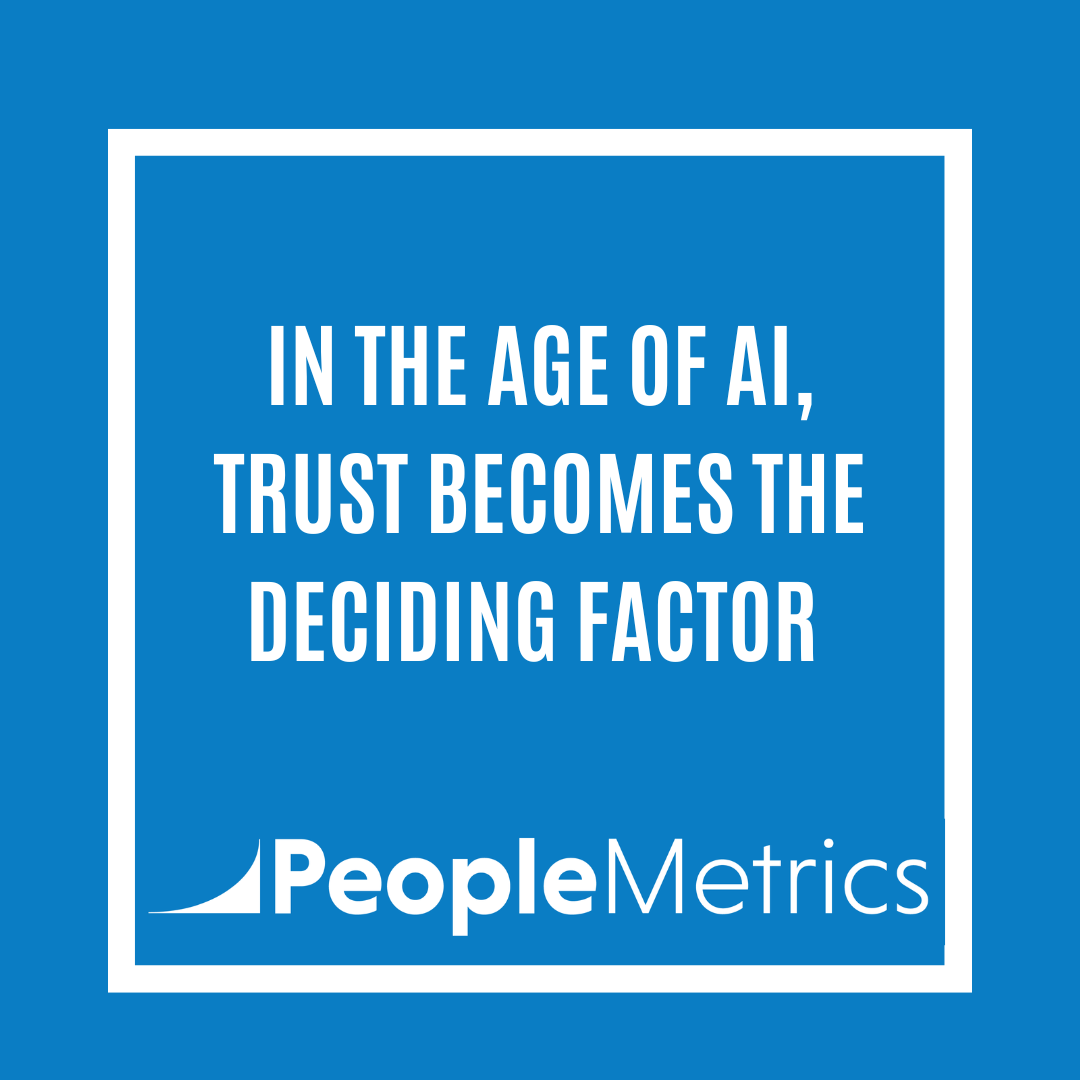 Organizational learning innovator John Seely Brown advises, “The harder you fight to hold on to specific assumptions, the more likely there's gold in letting go of them.” PeopleMetrics has found three major assumptions that many companies maintain regarding their feedback management processes. These assumptions are comforting for the present moment because they cover up problems. Yet in the long term, each of these three assumptions endangers and weakens companies. In this blog post, we’ll introduce three customer engagement process assumptions and find the “gold” awaiting organizations that can let go of them.
Organizational learning innovator John Seely Brown advises, “The harder you fight to hold on to specific assumptions, the more likely there's gold in letting go of them.” PeopleMetrics has found three major assumptions that many companies maintain regarding their feedback management processes. These assumptions are comforting for the present moment because they cover up problems. Yet in the long term, each of these three assumptions endangers and weakens companies. In this blog post, we’ll introduce three customer engagement process assumptions and find the “gold” awaiting organizations that can let go of them.
1. Assuming you deliver a superior customer experience.
According to Bain and Company, 80% of executives say their company delivers a “superior” customer experience; just 8% of their customers agree. That’s a 72% reality gap. It’s often the executive’s job to be optimistic about the future of an organization; perhaps many in the c-suite simply believe their own hype.
The danger in this assumption is fairly obvious: if you don’t know how your customers feel about your brand, you can’t very well make informed decisions about what to change, what to improve, and what to maintain. Yet it appears that many executives simply decide their companies are doing a great job without actually asking their customers.
The hidden gold beyond this assumption: Once a feedback management system is in place to help you gather, analyze, and apply customer feedback, you can track your improvement as an organization and rest assured that you’re not acting on pure assumption.
2. Assuming your customers will tell you if they experience a problem.
TARPresearch has found that for every 26 customers that experience a problem with a brand, only 1 will report it back to the company. In other words, many customers switch brands silently, with no warning or feedback for the company they're leaving.
The danger in this assumption: The silently disgruntled (or dissatisfied or even nonplussed) customer is likely to leave your brand for any reason, at any time. Another assumption often stems from this one, namely that customer turnover is inevitable and unchangeable. Pity so many leaders accept this as fact, since brands can find significant savings from retaining long-term loyal customers.
The hidden gold beyond this assumption: A feedback management system can help you uncover common reasons why your customers become frustrated and leave your brand. That kind of feedback is invaluable; it can tell you how to steer your organization according to what your customer base actually wants.
3. Assuming you are using the right metrics for your customer feedback management program.
Many companies continue to rely on outdated, vague metrics for their customer feedback management systems. Customer satisfaction is a term that is freely bandied about the business world as a measurement stick for overall brand success. Yet Bloomberg Business Week tells us that 60% of customers describe themselves as “satisfied” just before leaving a brand (October 2009).





